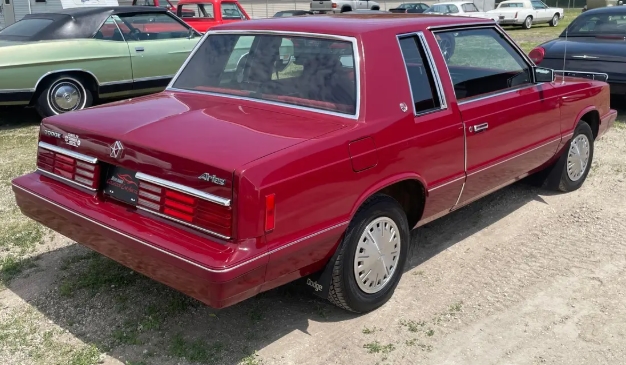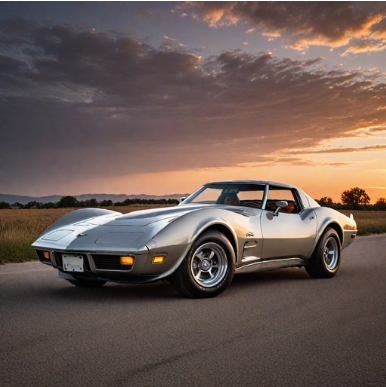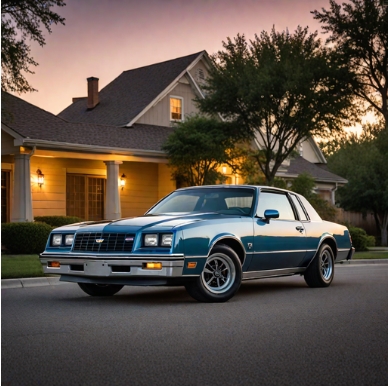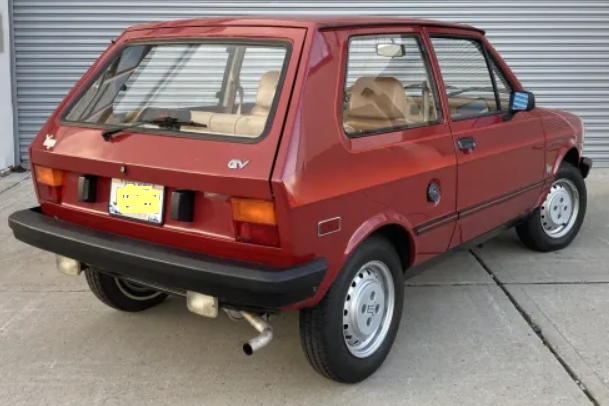The Evolution of the Plymouth Horizon
The Plymouth Horizon holds a significant place in automotive history as a representative of the American compact car movement in the late 20th century. Launched during a period of economic uncertainty and shifting automotive needs, the Horizon was positioned as a practical, fuel-efficient vehicle. Introduced in 1978, the Horizon continued production until 1990, surviving through a time when consumer preferences shifted toward more compact and efficient models. This article explores the evolution of the Plymouth Horizon, highlighting the models and trim levels offered throughout its production years.
The Birth of the Plymouth Horizon (1978-1980)
The Plymouth Horizon debuted in 1978 as a key part of Chrysler’s front-wheel-drive compact offerings. The vehicle was built on the Chrysler K platform, which was developed by the company as a response to the oil crisis of the 1970s. The Horizon was offered in a two-door or four-door body style and was primarily aimed at buyers seeking efficiency without sacrificing style or comfort.
1978 Models and Trim Levels
In its inaugural year, the Plymouth Horizon came in three distinct trim levels:
- Base: Equipped with essential features, the base model targeted budget-conscious consumers.
- DL: This version added a few comfort features, such as upgraded upholstery and a more refined interior.
- Le: The top-tier Le included more luxurious touches, such as premium audio systems and advanced options.
The Expansion of Choices (1981-1987)
The Horizon experienced a refresh in the early 1980s, including engine upgrades and styling changes. The introduction of the 2.2-liter four-cylinder engine, coupled with a 5-speed manual transmission, made the vehicle more competitive in both performance and fuel efficiency.
Models and Trim Levels
Throughout the early to mid-1980s, the lineup grew, and more refined trim levels were introduced in response to changing consumer preferences:
- Base: Maintained its position as the entry-level option with minimal features, but improvements were made to safety and handling.
- DL: Introduced more features from the base trim and included a few new options that appealed to more discerning buyers.
- GL: This mid-range trim offered additional technology, and the package included air conditioning and upgraded interior materials.
- ES: The sporty ES trim became available in 1984. It offered performance enhancements, including added horsepower and a distinct sportier appearance.
Plymouth also introduced the Horizon TC3 during this time, a hatchback version of the Horizon aimed at promoting a sporty image.
.
Keep your vintage car battery alive during storage or over the winter with this:
Top Product: Battery Tender 1000 AMP Jump Starter
.
The Rise and Popularity (1988-1990)
The late 1980s marked the last chapter of the Plymouth Horizon’s production. By this time, the compact car segment was evolving rapidly, and competition was intensifying, most notably from Japanese automakers. Sales began to decline as newer offerings entered the market, forcing Plymouth to adapt.
1988 Models and Trim Levels
The Horizon’s final years saw few changes, keeping the earlier models largely unchanged:
- Base: Continued to provide the essential compact vehicle experience.
- DL: Offered slight upgrades and additional options.
- GL: Maintained its mid-range position, but advanced features were now common in other competing models.
- ES: The sporty persona continued to appeal to a diverse audience, adding features aimed at enhancing the driving experience.
End of an Era
Production of the Plymouth Horizon officially ended in 1990 as the brand’s identity evolved. Chrysler began consolidating its offerings, leading to the elimination of the Plymouth brand entirely in 2001. The Horizon helped pave the way for future compact cars in Chrysler’s lineup, demonstrating the importance of fuel efficiency and practicality during its productive years.
Legacy and Influence
Although the Plymouth Horizon has faded into relative obscurity in the automotive history books, its influence on the compact car market cannot be understated. It played a pivotal role in introducing front-wheel-drive technology in the U.S. market, becoming a precursor to models like the Dodge Neon and the Chrysler Sebring.
The Horizon also benefited from Chrysler’s strategic partnerships during this period, including collaborations with Mitsubishi. Economies of scale allowed Plymouth to leverage shared technology and platforms, thereby enhancing the overall quality and performance of its vehicles.
Conclusion
In summary, the Plymouth Horizon evolved significantly from its 1978 launch to its eventual retirement in 1990. With multiple models and trim levels offered throughout its production life, it successfully adapted to changing market demands and consumer preferences. Though later generations have largely overlooked the Horizon, it remains an important chapter in the story of American automotive engineering and consumer preferences, representing a shift towards more efficient vehicles during a challenging era in the industry’s history.
As we reflect on the Plymouth Horizon, we celebrate not just a car, but an embodiment of a time when compact cars walked a fine line between efficiency and style, offering valuable lessons for the industry’s future.







